There are a few things that divide fishermen — alloy vs glass, freshwater vs saltwater, catch vs release. But one hot-button issue of late has been bait vs lures. The Captain heads down the NSW South Coast to establish once and for all which technique is boss.
READY TO RUMBLE
On the starboard side of the Shark Cat, wearing a flannie and gumboots, we have Mick Mashado — with all the bait he could thaw out from his store. He has a massive home-ground advantage on this South Coast reef off Eden, where the locals are known as “alcoholics with a fishing problem”. On the port side, we have Simon the jigging ninja. From Shellharbour, he’s come armed with more Berkley lures than an anglerfish singles night. Each team has a back-up courtesy of The Captain’s crew. Jack is a jigging ninja wannabe, so he’s with Simon. Trav, on the other hand, prefers gumboots and tuna oil, so he’s paired up with Mick. On your marks, get set, drop!
GET THE LOOK
If you can’t fish, at least look the part. Here’s The Captain’s style guide.
Bait fishermen:
• Salt-encrusted and de-threaded peak cap that’s registered a few kills — spiders, flies, wild dogs — you get the vibe.
• Speed dealer servo sunnies with bright-green lenses.
• Semi-ungroomed beard — not so big as to stray into hipster territory.
• Old flannelette shirt with at least one visible rip.
• Tracksuit pants with a stretched waistband and several suspicious stains. — bonus points if the stains are blood or semen.
• Gumboots for keeping out water and blood — and going down with the ship.
Lure fishermen:
• Fresh out of the plastic peak cap or snapback with sponsor branding.
• Matching buff pulled all the way over the nose.
• Variety of polarised sunglasses to match the different shades of watercolour.
• Freshly shaved face with a splash of cologne from David Jones.
• SPF-rated tournament fishing shirt — bonus points if it matches the hat and buff.
• Billabong board shorts circa 1999 with utility belt to hold pliers and braid scissors.
• Crocs for looking fresh, being comfy and staying safe.
• Gloves.
• Mobile phone with social accounts at the ready.
BOMBS AWAY
Love it or hate it, there really is no better platform for a shoulder-to-shoulder bottom-bashing session than The Captain’s 23ft Shark Cat. She’s pretty much one giant pontoon with a kill tank the size of an Olympic diving pool and a rigging bench that would make a Cairns game boat green with envy. We load up the gear in Twofold Bay before punching south towards Green Cape Lighthouse. The cat is living its best life in a long rolling swell. Trav pulls the throttles into idle as we line up our first drift across a tasty looking patch of reef in 90m of water.
While the bait boys are still thawing out their blocks of pilchards and squid and untangling their home-made paternoster rigs, the jigging ninjas are straight into the action. Up comes a smorgasbord of bite-sized reef species including some nice nannygai. Finally into the action, the meat fishos hit bottom and play the waiting game. They even have the audacity to crack a beer while talking tactics. “We’re fishing three hooks on 80lb mono, which means we get three chances before we winch up compared to their one hook,” Mick says. “It’s a fairly long rig with 1m run in between each hook. The reason for that is that the small perch are sitting on the bottom and we want to be up higher where the better fish are. Effectively, we can fish 2–3m of the bottom water column.” Mick employs swivels above each hook run to avoid tangling the rig when a fish starts spinning on its way up. He shares a tip on the bait set-up: “Salted pilchard stays on the hook a little bit better, but we lock it on with a bit of squid so it doesn’t rip off the hook as easy.”
SNAPPER SNATCHING
Right on cue, Mick hooks up a nice snapper that sends the bait fishos straight to the top of the leader board. Meanwhile, the ninjas are flicking, jigging and twirling their rods like a rhythmic gymnastics routine. “It’s a little bit more involved and enjoyable than chucking down a hunk of meat and dragging all the fish out of the ocean for kill it, fillet and chill it,” Simon explains.
The fishing is tough, but the snapper eventually start to make their way over the duck-egg blue gunwales of the Shark Cat.
The winning flavour? A cocktail of squid and salted pilchards.
Over the course of the next few hours, the lure fishos snag plenty of fish, but the better fish fall for the bait. However, Simon isn’t conceding defeat. “When there’s a lack of current the slow pitch Skid Jigs can be hard work,” he says while switching out his rig. “In these conditions, I switch over to octopus-style Kachi Kachi lures. These things are awesome because you can thread a Gulp! soft plastic onto the bait keeper and get that awesome scent wafting off it. You can also fish them a lot slower around the structure because they’re not up in the current as much.” During a glove changeover, Trav notices Simon’s supersoft hands. “Those hands are really important because when you catch a fish you’ve got to put it on Facebook, Instagram and Snapchat,” he says sarcastically. “You’ve got to socialise the fish so you really need to protect those hands.” Not shamed or phased in the slightest, Simon admits he’s “fishing for likes”.
The Kachi Kachis do make a difference, but unfortunately they just can’t catch up to the baitos, who now dominate the scoreboard with four solid snapper catches. There’s talk of foul play and the ninjas are looking for a ruling on the number of hooks allowed per line. Google confirms it’s three in NSW waters. Had we been fishing 15nm further south in Victorian waters — where only two hooks per line are allowed — the protest would’ve been upheld.
BANJOS & BARBECUES
We head for lunch in a protected bay, busting out the Magma BBQ. As the Captain Morgans work their wondrous magic, the conversation gets heated. “Is the scoreboard based on number of fish caught or longest length of fish caught?” Simon enquires, chicken marinade dripping from his mouth. “Obviously, it’s the biggest fish caught.” Mick rebuts, knowing full well that nobody will be topping his snapper today.
Meanwhile, Jack is looking suspicious up on the bow of the Shark Cat. He’s got the Penn Slammer 6500 and is casting and slowly retrieving a huge Gulp! Grub through the shallow water. It’s less than 1m deep, so everyone agrees he’s finally lost the plot. “Let’s talk about shallow water, if we were casting into the washes, lures would smash bait every day of the week…” Simon is cut off mid-sentence as Jack lets out a screech from the bow, his rod buckling and line flying off the reel. After 30 seconds, a huge banjo shark bobs boatside, Gulp! lure hanging from the corner of its mouth. “I guess that means lures are the winners then, Mick!” Jack shouts before hauling in the sea monster for a quick hug. Naturally, the bait fishos call bullshit, claiming there is no end to the nefarious methods a jig fisho will use to claim a kill.
OVERHEAD VS SPIN
While on the topic of shootouts, we thought it’d be interesting to look at the pros and cons of overhead vs spin gear when fishing in deep water. Throughout the day, we tested the Penn Fathom 25N overhead against the Penn Slammer III 6500 spin. Both reels have their place in different fishing scenarios, but the overhead was the clear favourite for winching bottom dwellers and 24oz sinkers to the top.
“The overhead reels are much easier to wind up from these depths,” Mick says, flicking another snapper off a 5/0 semi-circle hook and into the kill tank. “We’re fishing 90m of water and when you get a fish on you can treat the overhead like a winch and just crank the fish in. With the spinning gear, you need to work — to pump and wind the outfit more.” The Fathom 25N is a two-speed lever drag with full metal body and side plates. It’s built for deep dropping with a capacity of 680yds (622m) of 30lb braid and a max drag pressure of 14.9kg. The advantage of the overhead is that you don’t have to wind line over a bail roller, which means less pressure on your kit — and your winching arm. “The gear ratio on this outfit is 5.5:1 on high-speed and 2.8:1 on low, which gives me about one metre every crank of the handle.” Mick reckons.
The Fathom 25N is paired to a 5ft Ocean Assassin rod. “I do like the short rod with the drum reel,” he says. “It gives you a bit more power over the fish compared to a longer rod where the leverage works against you in the long run. It’s a nice combo you can use for jigging kingies or fishing the deep — a good multi-purpose reel.” The Slammer III 6500 has a slightly smaller line capacity, holding 605yds (553m) of 30lb braid, yet pumping out more drag, 18.1kg to be precise. These reels come into their own when casting comes into play — kings, tuna and GTs are the name of the game. They also feature a full metal body and the body and spool are IPX6-rated, which keeps water out of the gearbox and drag system — perfect for extended trips in the salt. The gear ratio on the 6500 is 5.6:1, offering a recovery rate of 1.7m.
REEL DEAL SLAMMER III 6500 SPINNING REEL
• More versatile reel, also suitable for casting
• Higher drag resistance
• Stronger waterproof properties
• Slightly more expensive
FATHOM 25N OVERHEAD REEL
• Good for winching in the deep
• Two-speed gearing
• More line capacity
• More line retrieval for effort





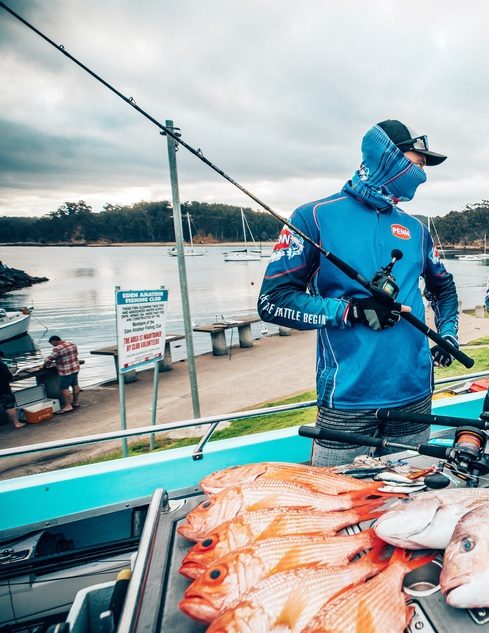
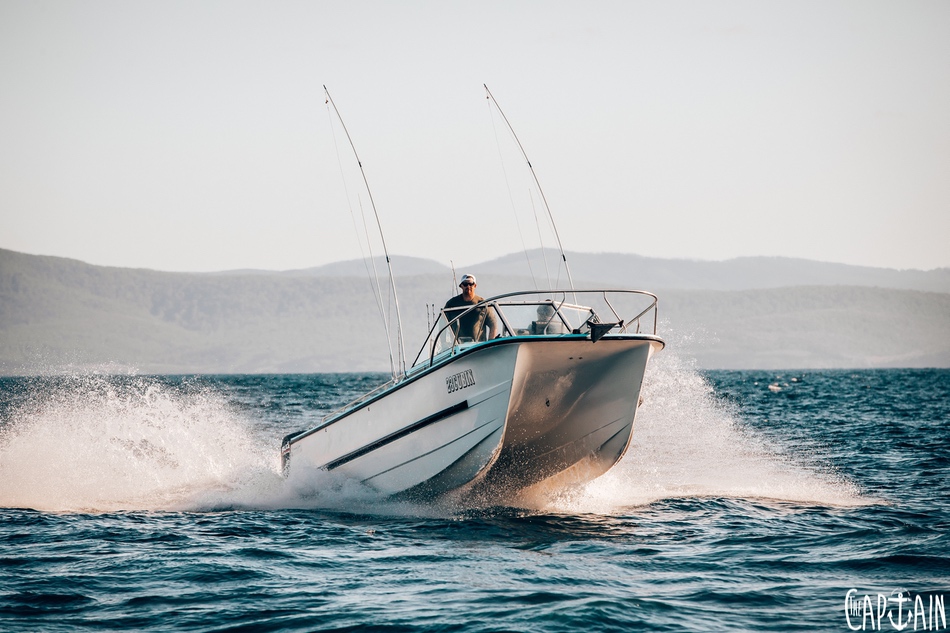





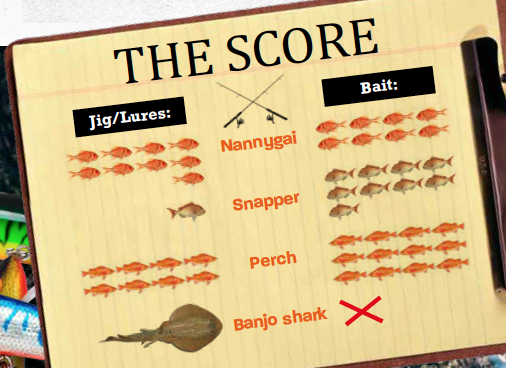





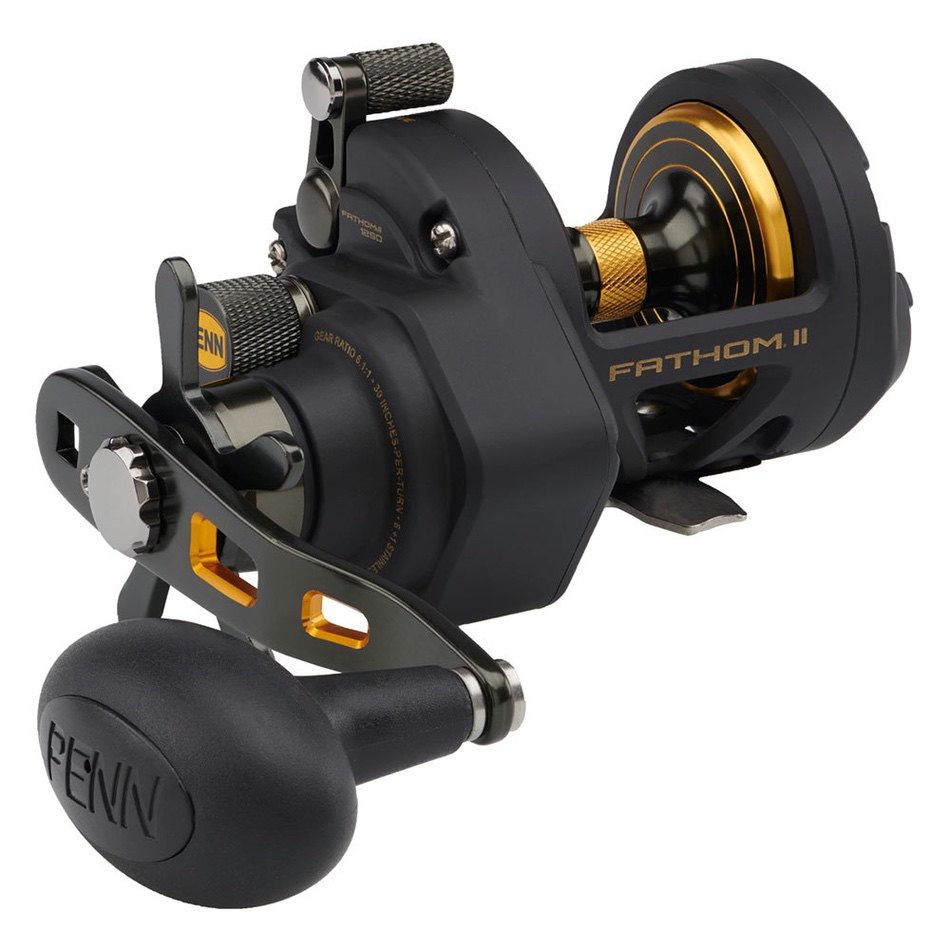



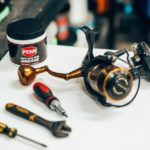
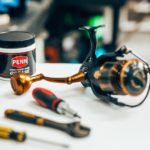
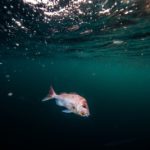
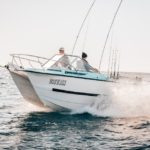

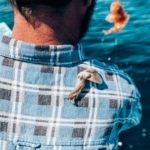

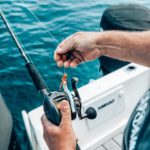

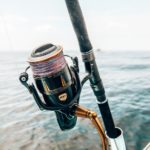

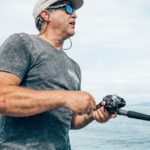

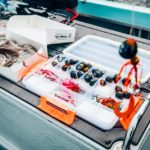
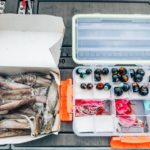




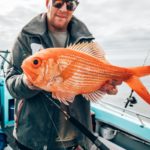
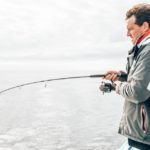
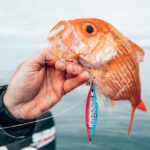
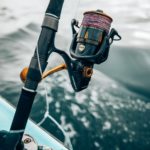
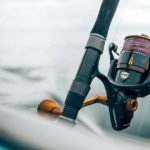
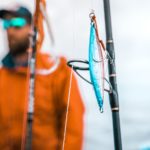
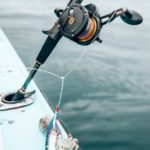
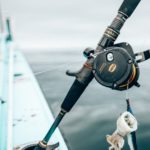
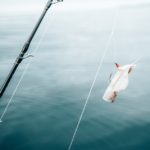
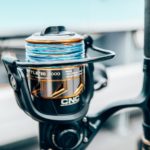
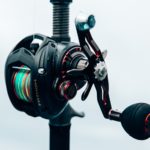
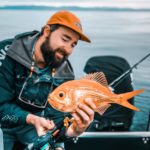
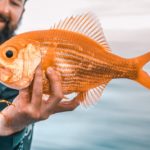

Recent Comments